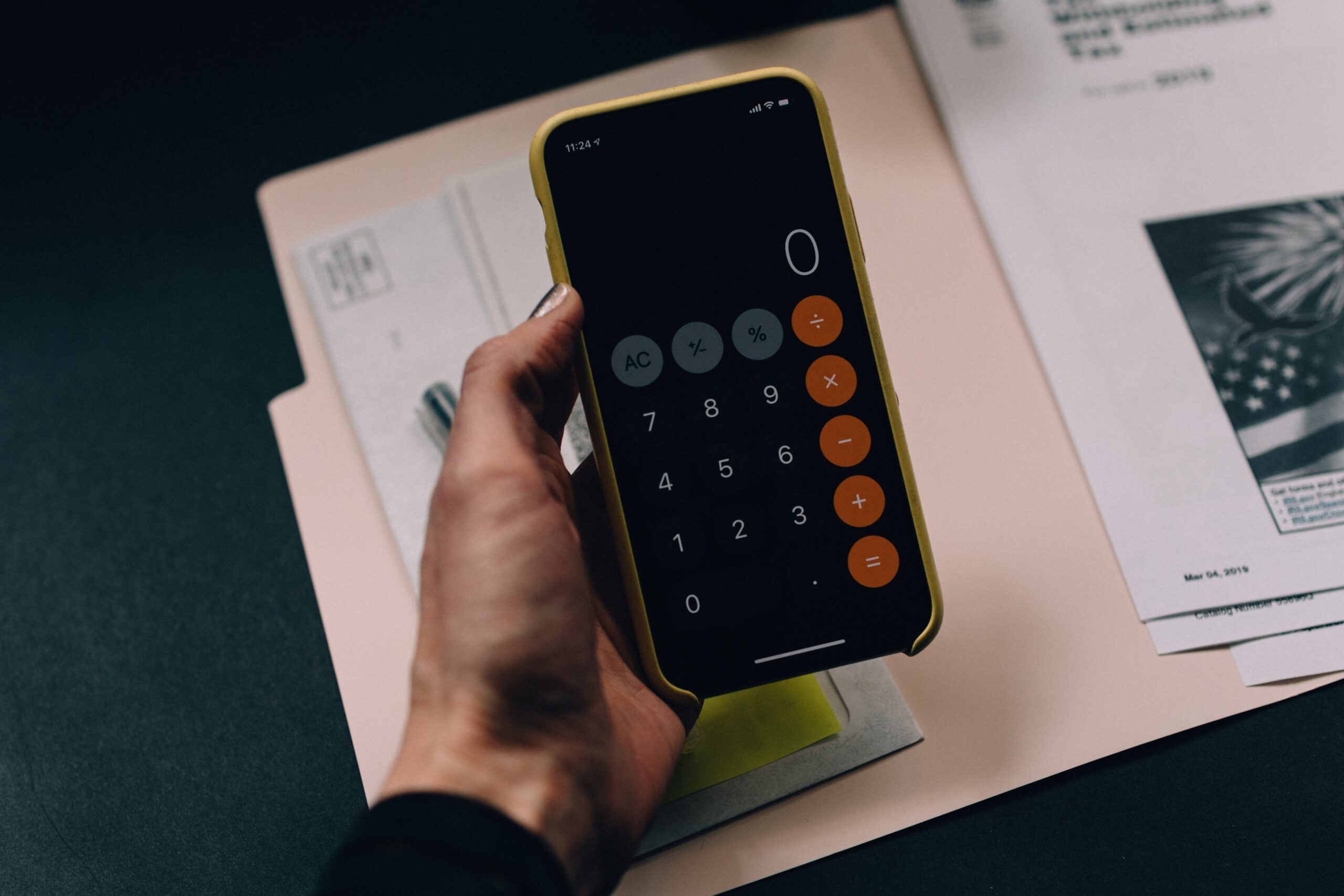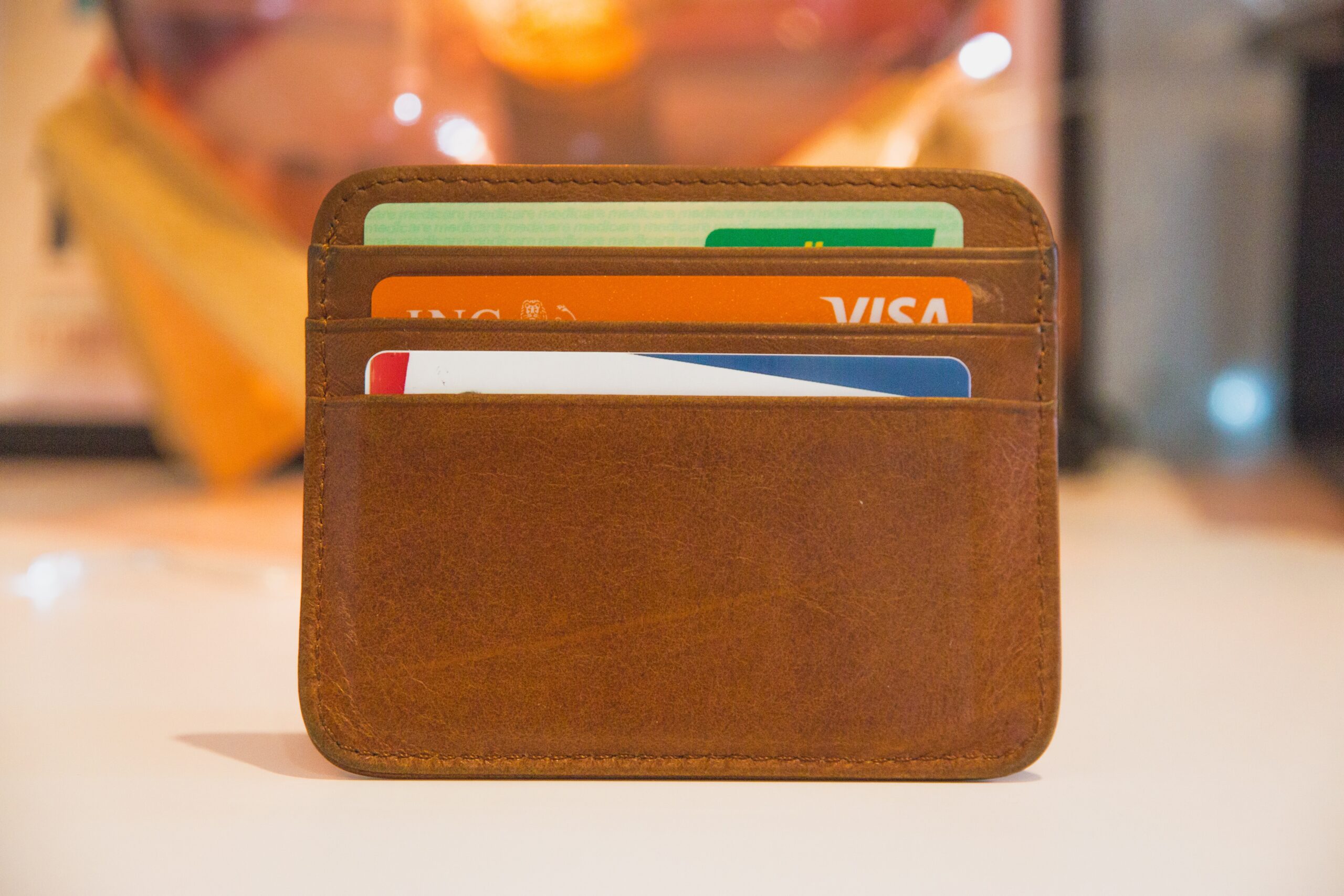
Income System – How I Deal With Multiple Income Streams As A Full Time Freelancer
I entered the crazy world of freelancing at a very strange time in my life. I was on a gap year housesitting my way through 11 countries and living off a pot of money I had saved during my third year of uni. So I never had to really think about what to do with the money I was earning on the side. It kinda just haemorrhaged towards whatever the priority was that month. But when I got back from my fab year abroad with the crazy thought that I could just keep going, I had to use the money I was earning more effectively. I would spend hours each month planning what to do with each and every penny that came into my bank. Double guessing every decision I was making and overthinking it all. Enter an income system.
This is a percentage based system that I created for myself to suit my current lifestyle. I shared it on instagram a couple of months ago and got tonnes of comments about how unrealistic this is for the normal person. Trust me I know. Hence why it’s my income system that I’ve created for my situation. Personal finance is and should always be personal. What works for one person probably won’t work for someone else. Instead look at what other people do and take inspiration for your own systems.
So with that little disclaimer in mind here is my income system as a freelancer with over 20 income streams who either lives at home, housesits or takes temporary seasonal jobs to avoid paying for housing.
First things first…
Do I need to subtract any expenses? Some of my income streams require an upfront spend to complete. Take mystery shopping for instance. I have to buy the product to review the delivery process. So the cost needs to come out of my payment before I divvy it up. So first things first, I account for any expenses that went into receiving that payment. Then I send the following percentages to the relevant accounts…
10% RETIREMENT
The first thing I do when I get paid is send 10% of the amount to my Lifetime Stocks & Shares ISA. My retirement fund. I’ve never had a job where I enrolled on the pension scheme as I was either too young to be auto-enrolled or I ignored the letters about it. And now I’m in my self-employed era I don’t want future me to suffer from current me’s career indecision. So I’m contributing to my own version of a retirement fund. Why a Lifetime Stocks & Shares ISA? Well that 25% bonus was too hard to resist. The fact I could invest my money plus the bonus into the market was the perfect solution without the admin of setting up a private pension. It works for me. Well for now anyway.
20% TAX FUND
The next thing I take care of is my potential future tax burden. Just like I don’t want old Jess to suffer from my decision not to pursue a typical post-uni job, I don’t want 12-months time Jess to suffer either. Big unexpected tax bills can be crippling and I will not fall into that trap. So I will be proactive in setting money aside so I’m ready when I file my self-assessment every April.
After sending 10% to my LISA, I send 20% to my NS&I Premium Bonds account to protect myself against the future tax bill coming my way. I’ve chosen to keep my tax fund in Premium Bonds because I don’t necessarily need to have that money working for me (eg. earning interest or being invested in the market) and love the idea that I could potentially win a million pounds just for keeping my money there. Imagine!
50% SAVINGS
After taking care of the admin side of earning money as a freelancer – putting money aside for future me and the tax man – I send the bulk of the money left to achieving my current financial goals. This often looks like sending the full 50% to whatever is my current financial priority. Regardless of whether thats a short or long term goal.
20% SPENDS
Then the final place I send my income is to current me. The last 20% of any money paid is sent directly to my current account to cover all my day-to-day expenses. I live a very frugal life so 20% is just about right to cover my living costs. I don’t have fixed housing expenses because I avoid that at all costs by taking temporary jobs that come with accommodation, housesitting or staying with my parents. Not having to pay a fixed rent really helps with keeping my daily costs low. It also makes it very easy to cut my spending at a moments notice if the income isn’t there.
So there you go, my current income system. This helps me avoid decision paralysis when every payment hits my bank account. The best thing about this system is that it’s percentage based so it works just as well for £2 payments as it does for the 2 grand ones.
Wait what’s the difference between a budget and an income system?
In my opinion, an income system is that step before a budget. I don’t have a stable income each and every month so it’s hard to have a set budget. Plus I get paid in gross income so have to account for any taxes and expenses after the money has hit my bank account. The money I have incoming isn’t actually all mine – hence my first step and tax fund. Once I’ve gone through my income system and have the 70% to play with – 50% to savings and 20% to current me – then I can set a budget. I look at what goals I’m trying to achieve, what pot needs the most help, what I have coming up and go from there.
Are you a freelancer? Or just someone who earns a little extra on the side? Do you have an income system in place?





One Comment
Pingback: